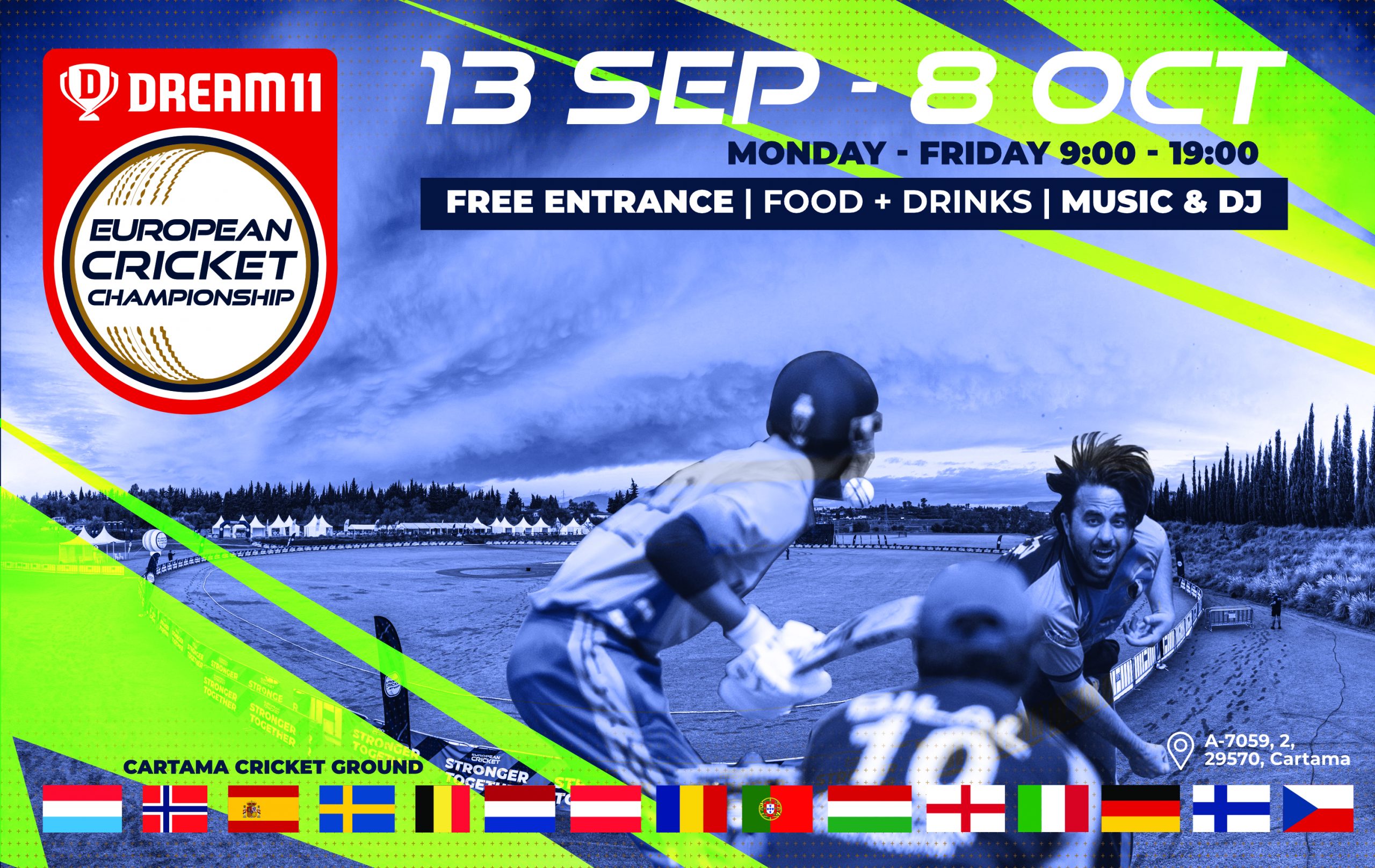SINCE September 19 when the Cumbre Vieja volcano suddenly burst into life spewing molten lava and explosive gases high into the air, a lava flow has been slowly creeping towards the coast.
Its descent from the volcanic ridge towards the sea has been slow but fearsome, swallowing up anything in its path, the molten rock has engulfed over 240 hectares and destroyed more than 500 hundred homes.
Crawling at around 700 metres per hour, the unstoppable mass was by Monday lunchtime less than a kilometre from the coast and expected to meet the Atlantic before sundown.
As a precaution authorities have issued the order to residents to stay inside, keep windows and doors closed to avoid the emission from toxic gases that will occur when the lava hits water.
So what happens next?
Involcan has explained the chemical reaction that occurs when lava flow meets the Atlantic, which will occur on the eastern coastline of the island.
When the lava meets the sea it will provoke a thermal shock caused by the huge temperature difference between the two materials.
The temperature at the lava core exceeds a terrifying 1,100ºCelsius which will experience a massive cooling when it meets seawater with a temperature around 20ºC.
Involcan explains that this reaction will generate giant plumes of steam loaded with hydrochloric acid as well tiny particles of volcanic dust.
Although these plumes won’t shoot up into the air with the same force as the volcanic eruption itself, it will see huge clouds of steam released which will then be blown wherever the wind takes them.
Initially these clouds pose a danger to those in the immediate area, as can cause skin and eye irritation as well as respiratory problems, especially to those who may have pre-existing conditions to whom breathing in the gases can prove fatal.
“There will be explosions,” said José Mangas, professor of Geology at the University of Las Palmas.
“It’s like mixing boiling oil with water. Acid rain can be generated, causing throat and nose irritations to the public.”
READ ALSO:

